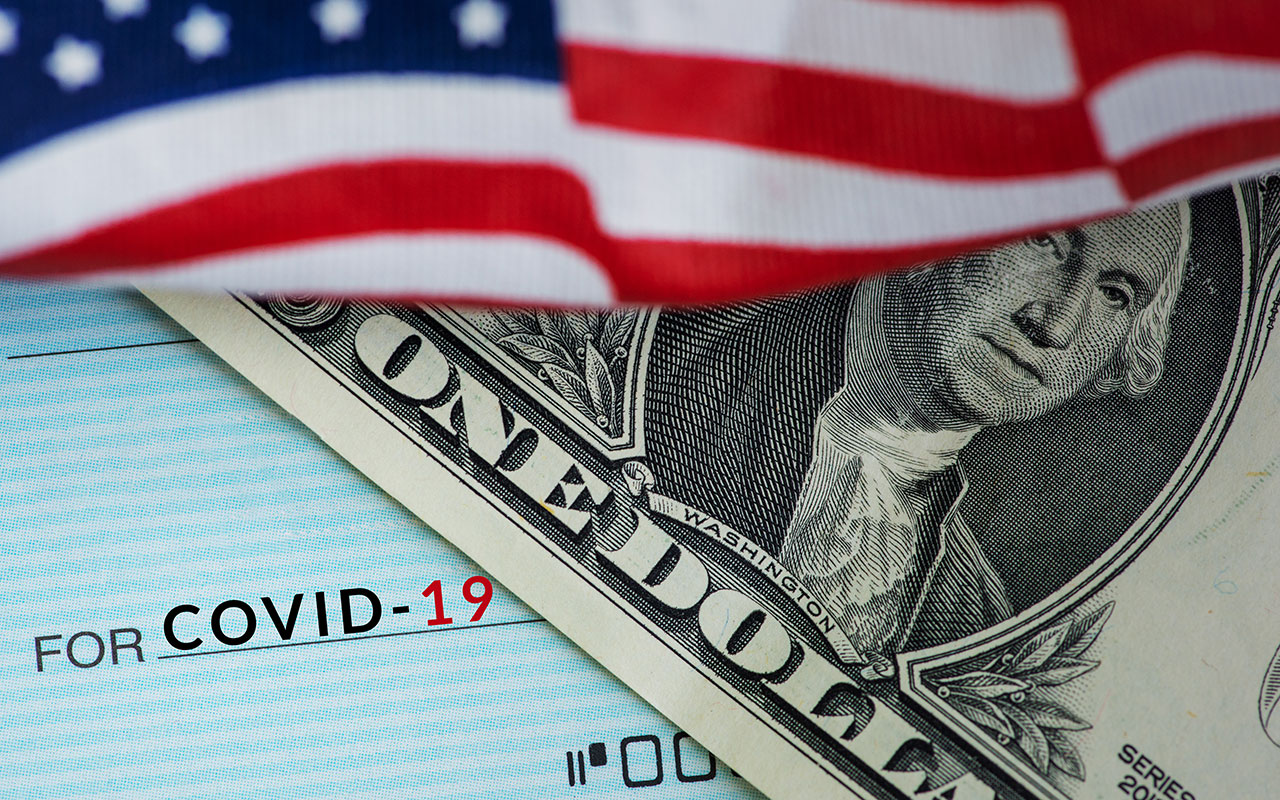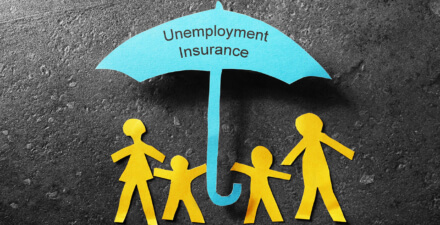Two significant U.S. macroeconomic needs to consider amid the coronavirus pandemic

Emmanuel Saez and Gabriel Zucman of the University of California, Berkeley organized a teleconference in late March of more than 100 economists and other experts at which I, along with several other economists, presented our ideas for responding to the recession that was already developing due to the coronavirus pandemic. A few days after that virtual conference, the U.S. Congress enacted and President Donald Trump signed into law the $2.2 trillion Coronavirus Aid, Relief, and Economic Security Act, and the U.S. Department of Labor released consecutive weekly Unemployment Insurance claims data revealing about 10 million U.S. workers filed for unemployment benefits. This summary of my remarks at the teleconference has been slightly revised to take into account these subsequent developments.
I started my remarks at the teleconference with an ironic apology. Like most economists, I had never given much credence to “real business cycle theory,” which posits that recessions and other significant fluctuations in the business cycle are an optimal response to economic conditions and that government should not try to do anything about them. I always thought it preposterous that a recession, particularly one that could put the Great Recession to shame, would ever be an optimal response to anything. Yet this one is, in its way, optimal because it is the inevitable result of a sensible public health policy. If you live long enough, even the preposterous can turn out to be true.
So, what we have now is a recession that we’re not trying to end because it is indeed optimal for most of us to continue sitting at home. Rather than ending it, our focus right now is on how we get through it, how we minimize its depth, its length, and its impact on people. Following are the ideas I suggested.
There are two significant needs. The first is social insurance. The key issue here is how best to navigate the balance between speed and targeting. These two goals naturally conflict. If you want to target aid to reach those in greatest need, then you cannot do that quickly. And government needed to act quickly. The idea I advanced was to employ ex post targeting. Send the money now and target it later. How? Send checks to everybody—say, $2,000 a month. And at some later time, when the dust has settled, determine who lost significant earnings and who did not. For those who lost the most, the money would be considered a grant. But for those who lost little or nothing, the money would be considered a loan, and it would be “clawed back” through the tax system.
The Coronavirus Aid, Relief, and Economic Security, or CARES, Act provides for $1,200 for everyone, with that money going out the door starting in April and without a clawback provision. This is surely better than nothing, but it is far from perfect. For those who are truly needy, the amount is too small. And those who are not needy, the amount is too big.
The second big issue is how to support the business continuity. The most important thing is providing lots of liquidity. I believe the model for this should be the Troubled Asset Relief Program, enacted amid the twin housing and financial crises in 2008. There is quite a lot of misunderstanding about this program, which played a major role in preventing the financial crisis that began the Great Recession from being an even deeper catastrophe. TARP was not a bailout of the banks. We did not give money to the banks. The Treasury lent the banks money on attractive terms for the taxpayer. The Treasury received preferred stock or warrants, and the taxpayer ended up making money. This should be the model for maintaining business liquidity in the current crisis as well.
I think it makes sense to create a new program that uses banks to provide loans to small businesses. We need to encourage a lot of financial institutions, with the backing of the federal government, to become the lenders of last resort for many kinds of businesses. Except in one important way, the kind of program I discussed in the teleconference is what was enacted in the CARES Act. The speed with which the business-lending component of the new stimulus funding had to be rolled out has led to some glitches, but I still believe using banks is the best approach.
But there is another idea, one that was partly incorporated into the CARES Act, about which I expressed some concerns. That idea is to provide grants to businesses to hold on to their employees and pay essential expenses. An offshoot of this idea was enacted, because the loans to businesses become grants if the firms retain their employees.
Frankly, this approach worries me. I believe it’s essentially providing social insurance through firms. I understand the good motives behind it, but I’m concerned about the bad motives of employers who would seek to game the system and enrich themselves at the taxpayer’s expense. I believe giving cash to individuals, through Unemployment Insurance and other means, is simpler and less open to abuse than giving it to them through businesses. Social insurance is for people, not for helping businesses survive.
In general, I don’t think we should hold businesses harmless. This may sound heartless, but I don’t think we should be as afraid of business bankruptcy as some people are. Bankruptcy is not liquidation. The typical company, especially a large one, can separate the financial side of the firm from the operations side. Firms can operate under Chapter 11 bankruptcy while they reorganize. So, I think we should be open to that as a possibility in many cases. Equity holders in large public companies get the upside when things go well, and they should bear the consequences when things don’t, even for acts of God.
Finally, with respect to the question of balancing health costs and economic costs, there is ongoing pressure on the Trump administration to open the U.S. economy soon. The White House is extending its national shutdown recommendation by only two weeks or so at a time. Some governors, remarkably, have not even shut down their states’ economies. We will see what the consequences of those decisions are.
One possibility that a policymaker raised with me was to consider self-quarantining for a month, opening for a month, and being prepared to shut down again if the health consequences warranted it. Might this be a better approach than a long, continuous quarantine? I am not sure, but my sense is that stop-and-start is probably dangerous to the long-run health of our people and our economy. We probably need to reconcile ourselves to a long confinement, with the federal government continuing to support people and being prepared to boost the economy when we’re ready to open for business. Clearly, we are in for a very difficult period ahead.
—Gregory Mankiw is the Robert M. Beren Professor of Economics at Harvard University and previously served as the chair of the White House Council of Economic Advisers in the administration of President George W. Bush.







